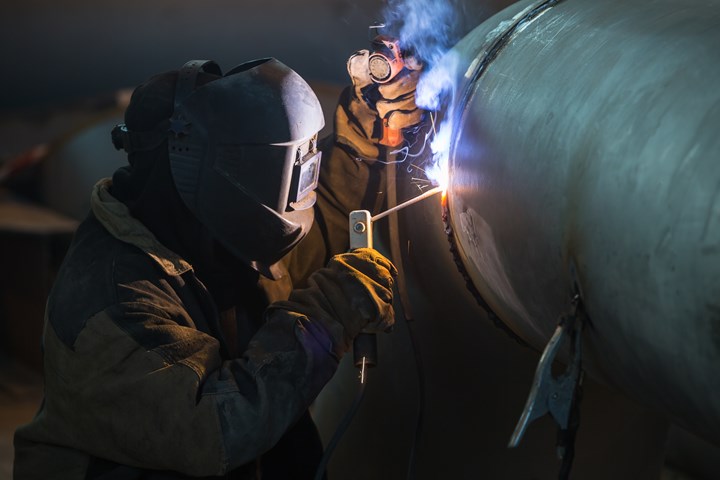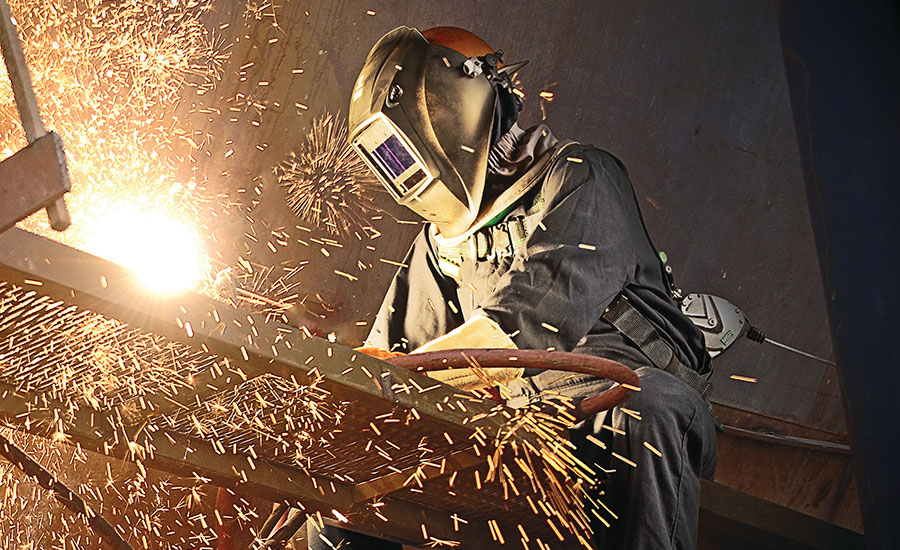Bonding WPS for Beginners: Beginning with Welding Treatment Specs
Bonding WPS for Beginners: Beginning with Welding Treatment Specs
Blog Article
The Ultimate Overview to Welding WPS Procedures: A Thorough Review for Welders
In the intricate globe of welding, Welding Treatment Specifications (WPS) function as the backbone of ensuring top quality, uniformity, and safety in welding operations. Recognizing the nuances of developing, executing, and monitoring WPS treatments is necessary for welders wanting to boost their craft and meet market requirements. As we look into the numerous parts of a WPS and discover the intricacies of qualification and certification, we will uncover the vital duty these procedures play in the realm of welding. Let's start a trip to decipher the intricacies and value of WPS treatments in welding techniques.
Value of WPS Procedures
Understanding the relevance of Welding Procedure Specifications (WPS) procedures is critical for ensuring the quality and integrity of bonded structures. WPS procedures act as a roadmap for welders, laying out the needed actions, parameters, and products required to accomplish a sound weld. By sticking to WPS standards, welders can make certain consistency in their work, causing dependable and structurally sound welds.
One of the key reasons WPS treatments are crucial is their role in keeping weld quality and honesty. Adhering to the defined welding parameters and strategies detailed in the WPS assists protect against flaws such as porosity, breaking, or insufficient blend, which can compromise the toughness and sturdiness of the weld. In addition, WPS procedures are vital for ensuring compliance with industry criteria and codes. By following established WPS guidelines, welders can demonstrate that their work fulfills the required needs for safety and top quality, offering assurance to clients, inspectors, and regulatory bodies. Basically, the significance of WPS treatments can not be overstated, as they are fundamental to achieving regular, high-grade welds that meet industry criteria and requirements.

Components of a WPS
A Welding Treatment Requirements (WPS) commonly comprises essential components that information the particular needs for executing a weld, ensuring consistency and top quality in the welding process. The essential parts of a WPS consist of vital variables such as base metals, filler metals, interpass and preheat temperature levels, welding processes, securing gases, welding settings, and post-weld warmth therapy demands.
Base metals refer to the products being joined, while filler metals are made use of to fill up the gap between the base metals throughout welding. Preheat and interpass temperatures are vital for controlling the warm input and preventing concerns like splitting or distortion. The welding process outlines the details technique to be utilized, whether it's gas metal arc welding (GMAW), secured metal arc welding (SMAW), or an additional approach. Protecting gases shield the weld pool from atmospheric contamination. Welding placements define the alignments in which welding can be performed. Post-weld warm treatment might be needed to alleviate anxieties and enhance the weld's properties. An extensive understanding of these parts is critical for producing a effective and comprehensive WPS.

Certification and Accreditation
Having established the essential elements of a Welding Procedure Specification (WPS), the focus currently shifts towards the critical aspects of certification and qualification in welding practices.

Qualification, on the various other hand, is the formal acknowledgment of a welder's qualifications by a pertinent qualification body or organization. Welding accreditations are normally based on the details welding processes, products, and placements a welder is qualified to deal with. Holding a valid welding qualification shows that a welder meets sector criteria and is qualified to do welding jobs to the needed specs.
Developing a WPS
To create a Welding Procedure Spec (WPS) that fulfills sector criteria, cautious consideration of welding procedures, products, and operational parameters is i was reading this essential. The first step in creating a WPS is to recognize the welding process to be made use of, such as gas steel arc welding (GMAW) or secured steel arc welding (SMAW)

Executing and Keeping Track Of WPS
Upon finalizing the detailed Welding Procedure Specification (WPS) that meticulously information welding procedures, materials, functional parameters, and quality guarantee steps, the focus changes to efficiently carrying out and checking additional hints the established treatments. Application entails guaranteeing that all welders entailed in the job are familiar with the WPS and follow it diligently during the welding procedure. Reliable execution and monitoring of the WPS are essential for guaranteeing the honesty, toughness, and safety and security of the welded joints, inevitably contributing to the overall success of the welding task.
Final Thought
To conclude, understanding and adhering to Welding Procedure Specifications (WPS) is critical for welders to ensure quality, consistency, and safety in their work. By recognizing the components of a WPS, obtaining correct certifications and qualifications, creating comprehensive treatments, and applying and checking them properly, welders can enhance their abilities and efficiency in welding methods. Sticking to WPS treatments is necessary for creating high-grade welds and conference sector requirements.
In the complex world of welding, Welding Treatment anchor Specifications (WPS) offer as the backbone of ensuring quality, consistency, and safety in welding operations. The welding process lays out the particular method to be made use of, whether it's gas steel arc welding (GMAW), protected steel arc welding (SMAW), or one more approach.To develop a Welding Treatment Spec (WPS) that satisfies industry requirements, careful consideration of welding procedures, products, and functional parameters is vital. The initial step in creating a WPS is to recognize the welding procedure to be utilized, such as gas metal arc welding (GMAW) or secured steel arc welding (SMAW)Upon completing the extensive Welding Treatment Specification (WPS) that carefully information welding procedures, products, operational parameters, and top quality assurance procedures, the focus shifts to successfully executing and checking the well-known treatments.
Report this page